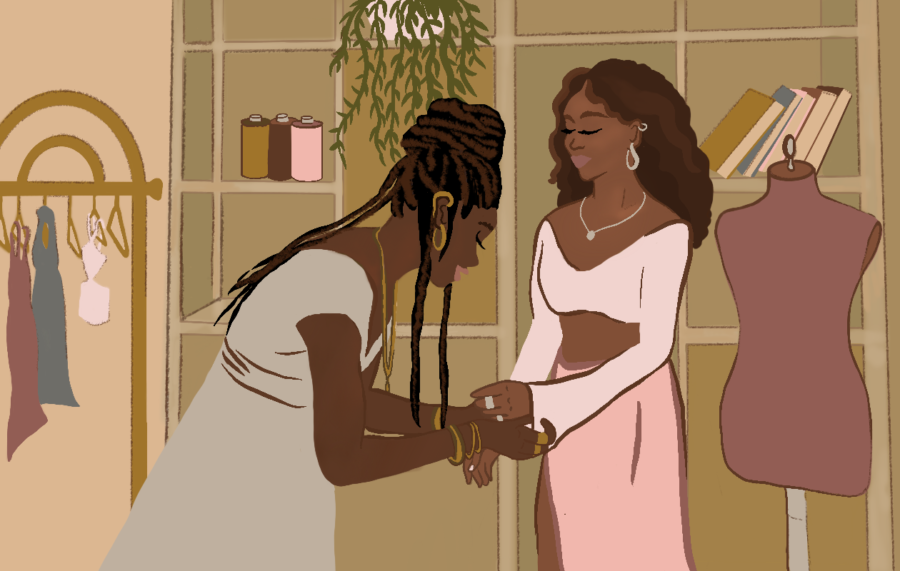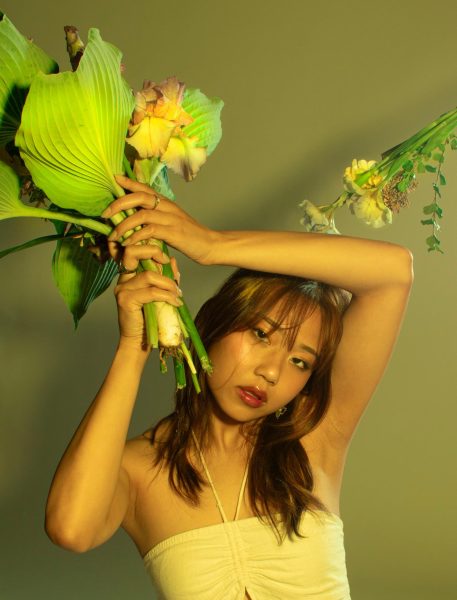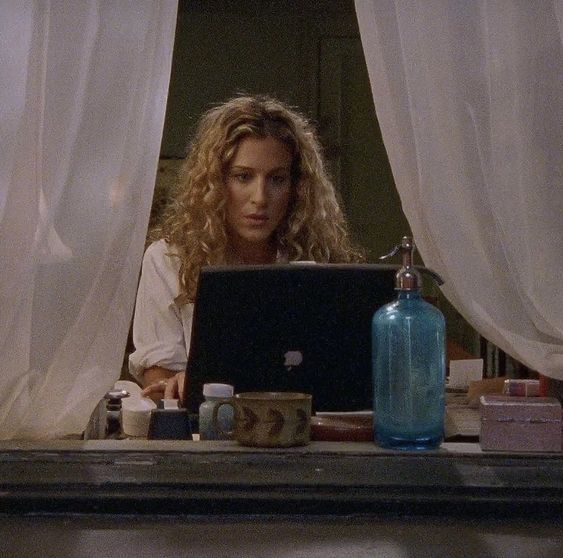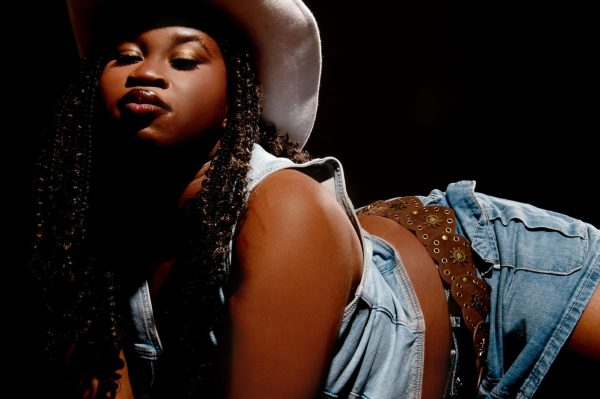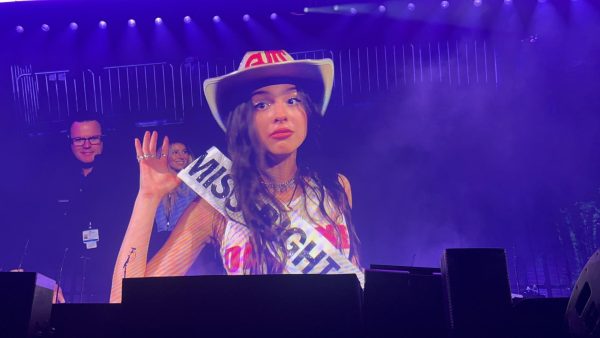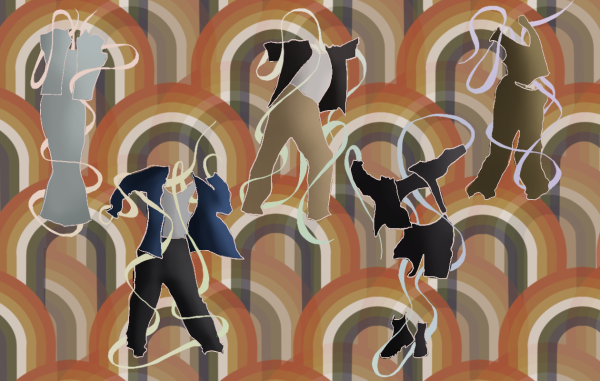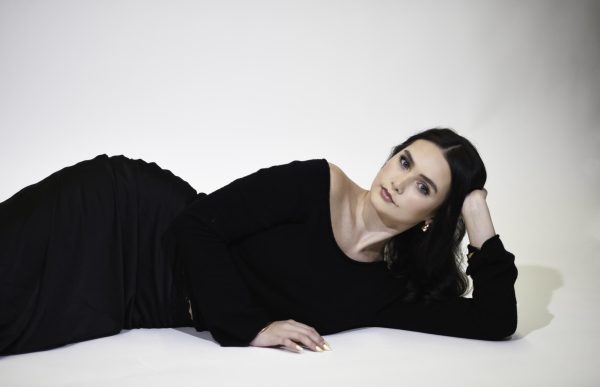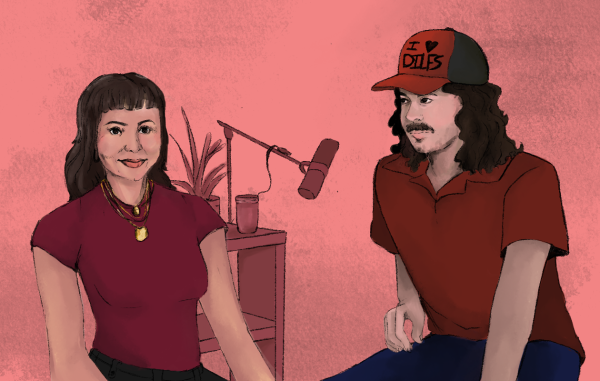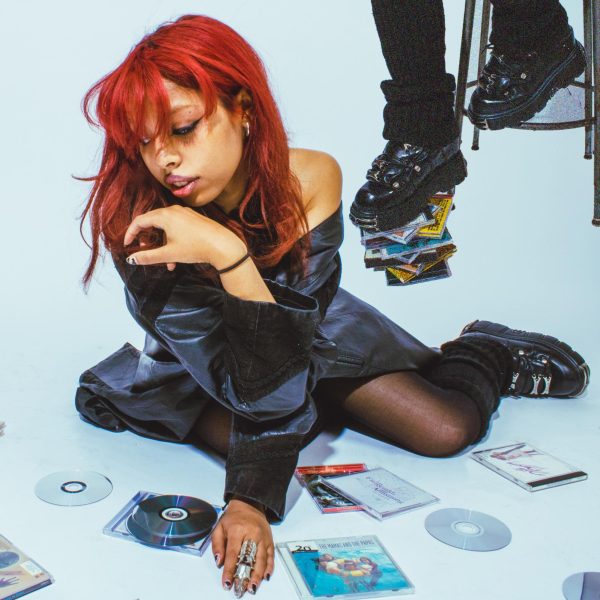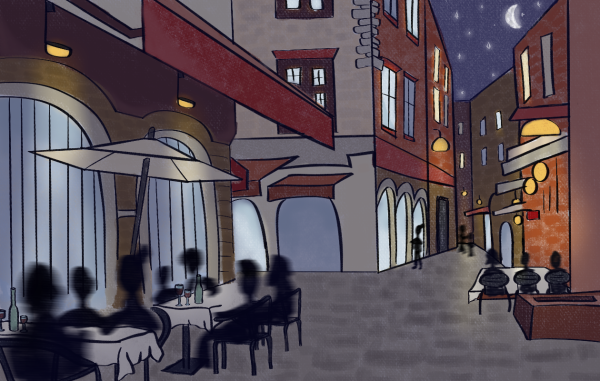being black in fashion
As we enter Black History Month, we are reminded of all the great things that Black people have contributed to the fashion industry. From designing to modeling to styling, Black creatives are a powerhouse in the industry. Elaine Welteroth, Rihanna, Law Roach, Kanye, Telfar and many more shaped the industry as we know it today. Seeing these Black creatives thrive in an industry that is not known for being diverse gave me hope to be able to do the same. However, in reality, entering the fashion industry has been more challenging than expected. Read some of the experiences of your fellow Kent State students as they navigate being Black in the fashion industry. For the safety of my sources, this article will refer to them with an alias.
Being Black While in the Industry
As a Black woman being in an industry that is not known for its diversity, it was daunting to navigate my way through. But, I’ve been fortunate enough to have wonderful experiences in my debut in the fashion industry. My first internship was with Jevon Terance, a fellow Black designer. It was very important for me to work under a Black designer for my first internship. He helped me to see and understand what it was to be a successful Black designer first hand. At my second internship, I was lucky enough to be able to work at Christian Cowan and they provided a very diverse and inclusive work environment. But more importantly, it was refreshing to see Cowan use such a diverse spectrum of models for his fashion week show.
But, this experience is not a universal one. Senior fashion design major Michelle Jones* was searching for an internship in a progressive and professional environment with a team that was passionate about sustainability. But when Jones finally began their internship, they instead found a “nonprofit organization [that] thrives off of the free and or underpaid labor of people who care about sustainability.” Jones recounted multiple altercations that felt racially insensitive. On multiple occasions, they said the environment felt colorist. In Jones’ time working there, they were featured on Instagram while their darker skinned co-worker’s never were. Jones said, “there were just too many incidents to just overlook.” Even with these companies that paint themselves as progressives, there is still much work to be done.
Being Black in Academia
Internships are not the only place that Black designers and merchandisers have trials and tribulations. Although universities are often seen as beacons of liberal thinking, there are still many instances where as a Black student, you are faced with microaggressions and other uncomfortable situations. Oftentimes you are forced to make a split second determination about whether you should use this as a teaching moment, or simply ignore it and hope it does not happen again. Nora Smith*, another senior fashion design major, found herself in just that situation.
During a portfolio class, a Black student made the decision to have an all Black croquis line up. The teacher told her she should add more diversity to her line up and that it should not include just Black women because it was “not inclusive” for all races. Smith said the teacher then went on to say that we “should not continue to carry the burden of our ancestors when we weren’t even there….” Smith decided to step in then and explain to the teacher that we as Black women are not “[always] represented in magazines and so we have to represent ourselves. We have to uplift and celebrate ourselves if no one else will do it.” In the end, the teacher understood Smith’s point of view. But, this is something not only Black creatives, but also Black people in general often have to deal with.
In my four years at The Fashion School at Kent State, there have been many moments where I’ve been told to change things that do not make sense to my professors. These things have almost always been homages to my Blackness and my experience as a Black woman. They are often written off because they are not relatable to “everyone” but being Black is not a universal experience and it is OK that not everyone will understand my work when it is targeted at a specific audience who has a similar experience to me.
There is a lot of work to be done in the fashion industry. This comes as a surprise to no one. After speaking with other Black students here at Kent, it has become abundantly clear that there are changes that need to be made here as well. But, it is also clear to me that there is immense potential for growth if we continue to point out the things that are not right and continue to shed light on situations until we see improvement.
* Names changed for source confidentiality.
Support Student Media
Hi, I’m Grace Avery, the Editor In Chief of A Magazine. My staff and I are committed to bringing you the most important and entertaining news from the realms of fashion, beauty and culture. We are full-time students and hard-working journalists. While we get support from the student media fee and earned revenue such as advertising, both of those continue to decline. Your generous gift of any amount will help enhance our student experience as we grow into working professionals. Please go here to donate to A Magazine.

